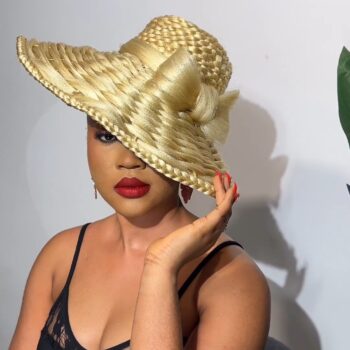First and Foremost—Defining “Partnerships”: Before delving in, let’s clarify the term “partnerships.” Despite its sophisticated connotation, partnerships are essentially straightforward concepts that might already be interwoven into your business operations.
A partnership involves offering something of value to a company, and in return, they promote your brand to their audience. It’s that simple.
The Two Essential Partnership Categories: To effectively seek out partners, I recommend exploring two primary categories:
- Existing Connections: These are individuals or businesses with whom you share some degree of familiarity or connection.
- Shoulder Connections: This category includes people or companies that cater to the same target audience as you, albeit in a distinct manner.
Now, let’s dive into the first group—existing connections.
Identifying Potential Partners in Your Existing Network: Consider these avenues to find potential partners among your existing connections:
- Friends and Family with Businesses: Within your circle, there could be acquaintances operating small businesses whose clientele might align with your fashion offerings.
- Blogs and Email Lists You Follow: Peruse your inbox for bloggers or entrepreneurs who could be open to a symbiotic partnership.
- Podcasts You Tune Into: Scan through your subscribed podcasts. Could their listeners be interested in your creations?
- Courses and Digital Products You’ve Purchased: If you’ve bought online courses or workshops, you already have a foot in the door with the creators.
- Services You Utilize: Your choice of business software could be a conversation starter with potential partners.
- Authors of Books You’ve Read: Authors often possess online platforms that allow you to connect with their readership.
- Online Interactions: Consider engagements you’ve had in online communities, Facebook groups, Slack channels, or social media platforms.
- People You’ve Featured: If you’ve interviewed, conversed with, or linked to someone in your content, they could be potential partners.
- Your Valued Customers: Don’t overlook the individuals who’ve not only appreciated your brand but also invested in it.
With these partnerships in mind, tailor your approach according to your client’s lifestyle. If your clientele frequently indulges in spa sessions, envision collaborating with a spa owner to establish loyalty incentives or discounts for clients stemming from your fashion brand.

Now, shifting our attention to the next category—referred to as “shoulder connections.”
A shoulder connection is essentially a person or business entity that caters to the same target audience as you do, although in a different and complementary manner.
Here are a few instances to illustrate this concept: Picture a vendor selling bread walking alongside another vendor selling beans. Their collaboration is more likely to be mutually beneficial, as beans and bread complement each other seamlessly and can potentially boost their joint profits.

Back in 2015, the collaboration between Starbucks and the streaming giant Spotify showcased the previously unexplored possibilities of merging mobile loyalty programs of food and beverage marketers with music services. This innovative approach taps into the trend of younger demographics centring their content consumption around smartphones, potentially enticing them to engage in programs that offer cross-partnership benefits.
Back in 2014, BMW introduced the i8, the epitome of their sports car lineup. This remarkable vehicle boasted cutting-edge, lightweight engineering, constructed entirely from full carbon fibre. In their efforts to promote this exceptional car, BMW forged a connection with none other than Louis Vuitton. To match the design of the car Louis Vuitton made a 4 pack luggage set. The luggage was made from carbon fibre.

Fashion Stylist and Designer Synergy:
The fashion stylist, armed with a network of clients seeking streamlined professional styling, collaborates with the designer. This partnership offers the designer a gateway to tap into this clientele while reciprocating by granting the stylist a referral incentive.
 These well-established practices have withstood the test of time, propelling individuals to triumph. Why not embark on the same journey?
These well-established practices have withstood the test of time, propelling individuals to triumph. Why not embark on the same journey?
Begin by meticulously recognising your clients’ lifestyles, idiosyncrasies, preferences, and aversions. Then, forge strategic partnerships and position yourself as a compelling option, inviting them to engage with your offerings repeatedly.




